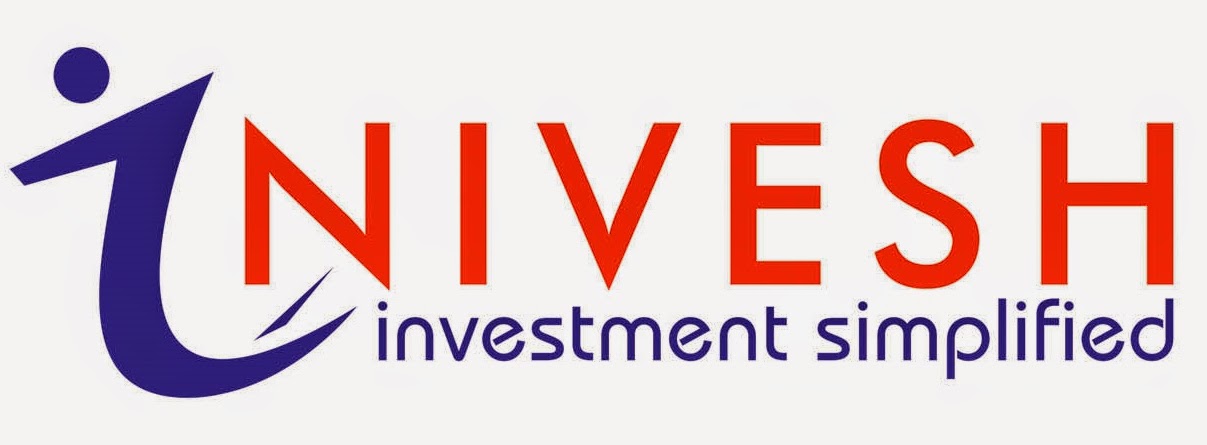Health insurance market has become competitive following the introduction of portability which allows customers to switch companies without losing their "no-claim" benefits. Although prices have not come down, companies are offering better features.
The latest is a health policy by Apollo Munich where the sum insured is reinstated in full after a claim. Under the health plan "Optima Restore", if the policyholder uses up the sum insured for any ailment, the sum insured will continue to be available for any new ailment.
Earlier in October, L&T General Insurance had launched a new plan that reinstated the sum insured if the policyholder had an accident. Apollo Munich has extended the reinstatement for all ailments and is also offering the feature on a family floater plan. Family floater plans are covers where the same sum insured is available for all members. Under "Optima Restore" even if a family member uses up the sum insured the cover is once again reinstated after the claim. Also for those who do not claim, the sum insured will double in two years under a multiplier scheme. Other insurers such as Bajaj Allianz General Insurance are using direct marketing to sell policies through the internet.
Until now, it was largely property covers like fire insurance that had a reinstatement clause. This allowed for the sum insured to be restored and the cover to continue for the rest of the year for any subsequent claim. According to Antony Jacob, CEO, Apollo Munich Health, despite the additional benefits the price has been kept competitive compared to plans of companies that do not the reinstatement option. He said the company every month sees around 1,000 policyholders from other companies choosing to shift to Apollo Munich.
Besides the introduction of portability, innovation in health insurance is being driven by monoline companies like Apollo Munich that specialize only in health insurance. Other specialist companies include Star Health andAllied Insurance and Max Bupa Health. More recently, Cigna has entered into a tie-up with TTK Group to provide health insurance in India.
The latest is a health policy by Apollo Munich where the sum insured is reinstated in full after a claim. Under the health plan "Optima Restore", if the policyholder uses up the sum insured for any ailment, the sum insured will continue to be available for any new ailment.
Earlier in October, L&T General Insurance had launched a new plan that reinstated the sum insured if the policyholder had an accident. Apollo Munich has extended the reinstatement for all ailments and is also offering the feature on a family floater plan. Family floater plans are covers where the same sum insured is available for all members. Under "Optima Restore" even if a family member uses up the sum insured the cover is once again reinstated after the claim. Also for those who do not claim, the sum insured will double in two years under a multiplier scheme. Other insurers such as Bajaj Allianz General Insurance are using direct marketing to sell policies through the internet.
Until now, it was largely property covers like fire insurance that had a reinstatement clause. This allowed for the sum insured to be restored and the cover to continue for the rest of the year for any subsequent claim. According to Antony Jacob, CEO, Apollo Munich Health, despite the additional benefits the price has been kept competitive compared to plans of companies that do not the reinstatement option. He said the company every month sees around 1,000 policyholders from other companies choosing to shift to Apollo Munich.
Besides the introduction of portability, innovation in health insurance is being driven by monoline companies like Apollo Munich that specialize only in health insurance. Other specialist companies include Star Health andAllied Insurance and Max Bupa Health. More recently, Cigna has entered into a tie-up with TTK Group to provide health insurance in India.




